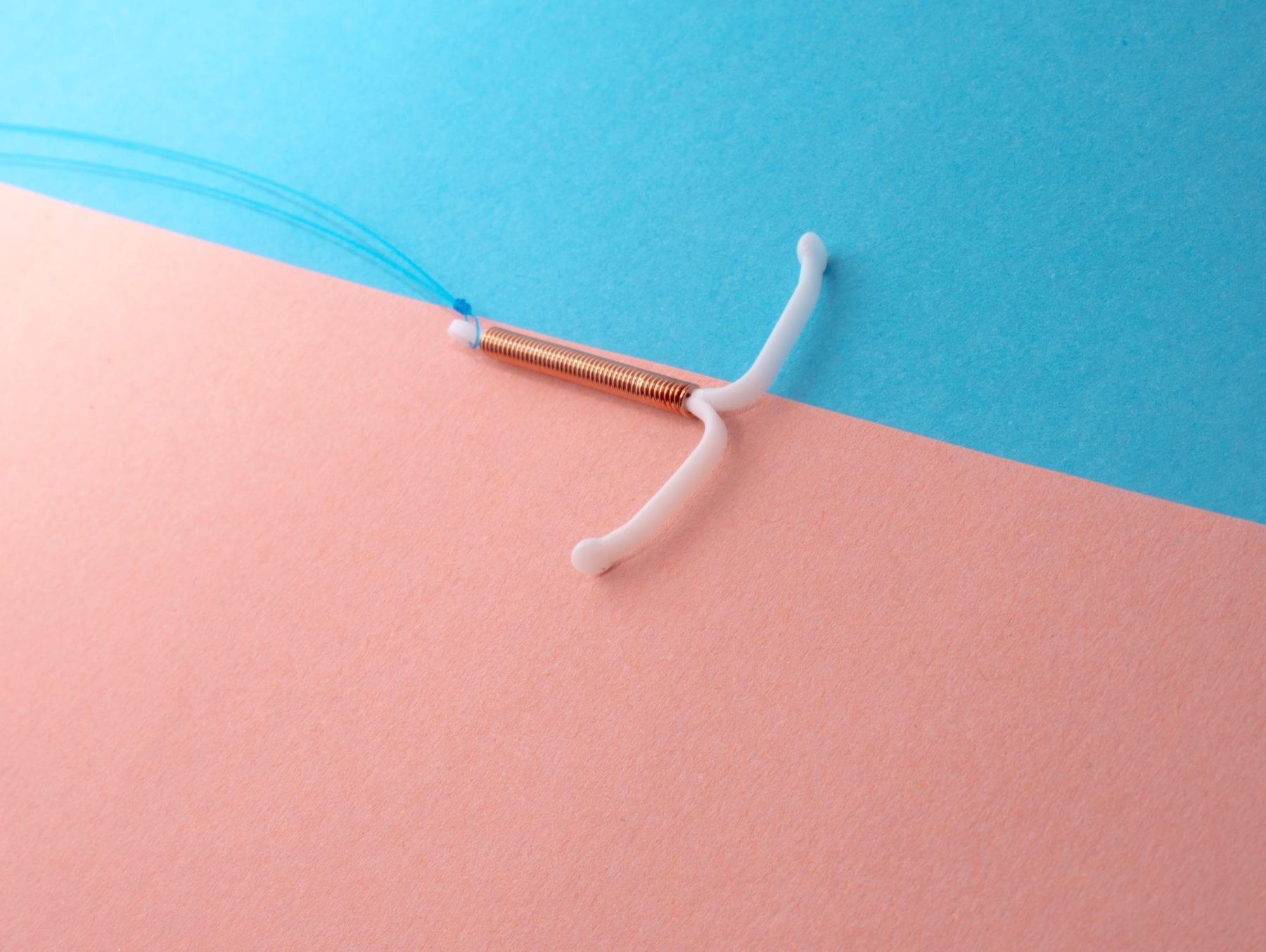How Long To Get Pregnant After Mirena
Intrauterine devices (iuds) are T-shaped copper or plastic devices that are inserted into the uterus. Once you make the decision to start trying to get pregnant, you can ask a doctor for the removal of your IUD.

IUDs work by releasing hormones into your reproductive system to prevent contraception.The IUD method is recognized as one of the most reliable long-term birth control methods.
After an IUD insertion, you and your partner should not be able to feel the T at all during intercourse. However, being able to feel the strings hanging off the IUD is normal. The IUD strings hang down the cervix, allowing your health care provider to make a safe removal when the time comes.
Many people may assume IUDs are made for long-term birth control, but they're also extremely effective as an emergency contraception. According to Planned Parenthood, an IUD is 99% effective at preventing pregnancy when inserted into the uterus within 120 hours after having unprotected sex. Planned Parenthood also claims IUDs are the most reliable long-term birth control method.
Removal of IUD
Hormonal IUDs can prevent a pregnancy from happening from a range of 3-6 years and up to 12 years for non-hormonal devices. You can get pregnant after the allotted time without removing the IUD. Nonetheless, not removing IUD after it's lifespan is over increases your chance of infection in your reproductive tract, and can still make it difficult to conceive.
It's easier to remove an IUD while your cervix is softer, and easier to reach. If you've been using the cervical mucus method to track fertility you may have realized that the cervix changes throughout your menstrual cycle. Some women have a naturally soft cervix. After you ovulate, your cervix lowers and becomes harder.
When you are approaching your period (menstruating) the cervix stays soft and low. During ovulation the cervix becomes softer as well. Assuming you didn't conceive, after ovulation, the cervix will stay low but harden. You can track your ovulation by tracking your fertility hormone data using Mira Fertility Tracker. The Mira Analyzer measures actual hormone concentrations. This provides personalized fertility insights based on this data and helps you time exactly when you should try to conceive. No more missed peaks. No more hard to read, inaccurate Over the Counter Fertility/Ovulation tests.
Since the IUD is a birth control device, you should remove it as soon as possible when you're trying to get pregnant. Removing an IUD is a simple process, and there's rarely any complications. You can request for your IUD to be removed at any time.
Other reasons a doctor may decide to remove your IUD include:
- Pelvic Infections
- Boost in blood pressure
- Inflammation of uterine lining
- Menopausal side effects
Steps to remove an IUD
The exact process of IUD removal may vary during your office visit. Light bleeding and cramping are common during, and right after the removal procedure. Some medical professionals may prescribe taking painkillers before IUD removal to reduce pain and discomfort.
- A typical IUD removal begins with you lying on your back with your feet apart.
- The doctor then inserts a speculum, to spread out your vaginal walls to help find the IUD.
- The T device is then pulled out of the vagina by the strings, which is done using forceps (similar to tweezers).
- The arms of your IUD begin to fold as it is being removed from the uterus. After the speculum is removed, your vagina walls snap back to normal and the procedure is complete.
Having Sex After IUD
You can have sexual intercourse, in the days before and after getting your IUD removed. Your Fertility can bounce back to normal right after your IUD removal. Thus, after this procedure, you can start trying to conceive right away.
Sperm can survive in your reproductive tract for up to 5 days after intercourse. You can end up conceiving after having sex in the days leading up to your removal, based off when you ovulate. If you're looking to conceive as soon as possible, you can start having intercourse about 7 days before removal. How long does it take to conceive after IUD removal? It takes the average couple about 4-6 months.
Also, avoid taking any other kinds of birth control methods after IUD removal. If you're switching from IUD to another birth control method, you can still conceive in a 7 day window. Switching from an IUD to another contraceptive is not recommended if you're trying to conceive, for obvious reasons.

Copper Versus Plastic IUD
There are two types of IUDs, the first is a copper based IUD, and the plastic IUD that releases the female hormone levonorgestrel (LNG).
Copper IUD
The copper IUD is a plastic device that has a copper stem and arms. The Copper causes the uterus to have an inflammatory reaction, which is harmful to sperm.
IUDs cause heavy and irregular bleeding in the first few months after insertion. Heavy periods tend to be more common with Copper IUDs.
Plastic IUD
Plastic IUDs are able to release the LNG hormone. The hormone thickens your cervical mucus, which prevents sperm from reaching the egg to fertilize. The LNG hormone can also thin out the uterine lining, which can partially prevent ovulation.
How Long To Get Pregnant After Mirena
Source: https://www.miracare.com/blog/how-to-get-pregnant-after-iud/
Posted by: gillhichat1975.blogspot.com

0 Response to "How Long To Get Pregnant After Mirena"
Post a Comment